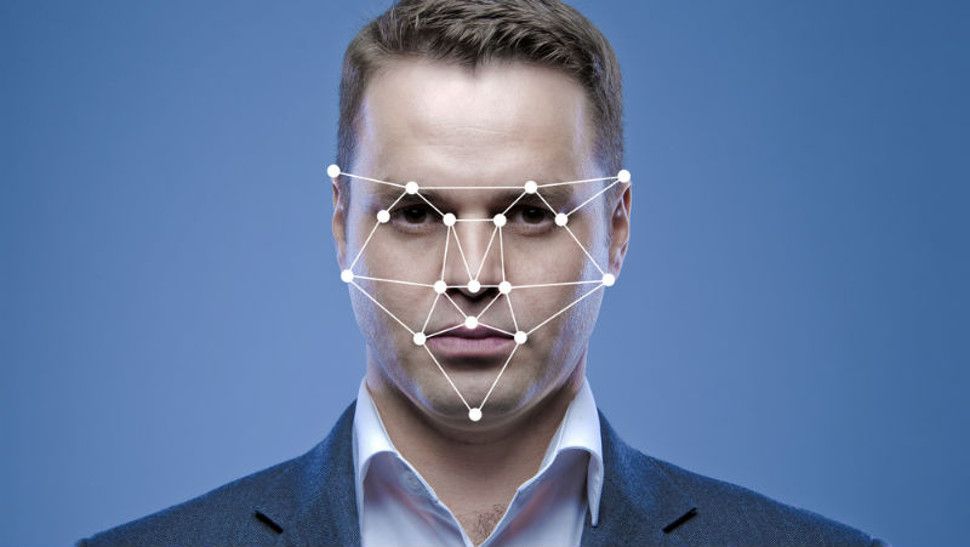In recent years, the surge of artificial intelligence (AI) has propelled companies to integrate facial recognition and other biometric technologies into their products and services. Apple’s Face ID set the stage for the normalization of biometric data usage, making it a widespread tool for authentication and security across various industries and sectors.
Building Consumer Trust
While the benefits of AI-driven facial recognition are immense, concerns around privacy and data security are paramount. Only 36% of consumers trust technology vendors to use facial recognition responsibly, highlighting the urgent need for stringent data governance and compliance measures to protect user privacy.
Additionally, the rapid evolution of facial recognition has outpaced regulatory frameworks, creating a gap in oversight and accountability. As the EU’s AI Act deems facial recognition a high-risk technology, the industry must prioritize user privacy to mitigate potential misuse and breaches.
Mitigating Risks and Safeguarding User Privacy
Businesses must grasp the broader implications of facial recognition beyond convenience and security:
- Threats to Privacy: The ubiquitous presence of facial recognition in public spaces poses a significant privacy risk, eroding individual freedoms and personal rights.
- Data Vulnerabilities: The vast collection of biometric data amplifies data security vulnerabilities, raising concerns about data protection and privacy breaches.
- Fraud and Identity Theft: The compromise of biometric data can lead to increased incidents of fraud and identity theft, underscoring the critical need for robust security measures.
- Programming Biases: Inherent biases in AI algorithms can perpetuate social disparities and privacy infringements, necessitating inclusive and ethical data programming practices.
Addressing these challenges requires a comprehensive approach to privacy and security in facial recognition technology development. Transparent communication, diverse dataset programming, and robust data protection measures are essential to ensure user privacy and data security.
Innovation and Security in Biometrics
Embracing innovation while upholding user privacy is crucial in the development and adoption of facial recognition technology:
- Transparency and Communication: Organizations must inform users about the data collection process and obtain consent transparently to uphold legal and ethical standards.
- Diverse Dataset Programming: Training AI models on diverse datasets mitigates bias and enhances accuracy in facial recognition, promoting inclusivity and fairness.
- Data Protection: Implementing stringent data protection measures is essential to safeguard biometric data and prevent unauthorized access or breaches.
Prioritizing User Privacy in Biometrics
As biometric technologies become ubiquitous, protecting user privacy in data collection and usage is non-negotiable. Balancing innovation with privacy safeguards is crucial for fostering trust and ensuring the ethical development of facial recognition technology.
In conclusion, navigating the complexities of biometric data management requires a proactive and user-centric approach to privacy and security. By prioritizing user privacy and data protection, companies can harness the transformative power of biometrics while maintaining trust and accountability in the digital landscape.
For more insights and expert perspectives on technology trends, visit TechRadarPro.











